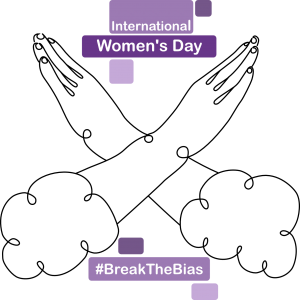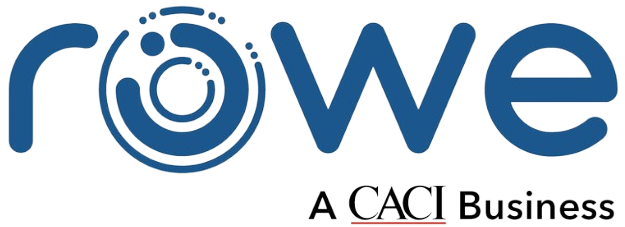
Whether deliberate or unconscious, bias makes it difficult for women to move ahead. Knowing that bias exists isn’t enough, action is needed to level the playing field.
Are you in? Will you actively call out gender bias, discrimination and stereotyping each time you see it?
Will you help #breakthebias?
Women in IT
Before computing became electronic, women were employed for programming or what men considered to be boring, manual calculation work. The fact that it often required advanced mathematics knowledge was largely ignored and considered unimportant as it was seen as deskilled and female. These women were called ‘Computers’; it was a job classification. Yet they powered everything from astronomy to war and the journey into space. When this work became automated, these women carried on with the operating, programming, fixing and even assembling of the machines.
Why did this change?
With the increased importance of computers within the economy and government, women were no longer seen as appropriate for this type of work despite experience and natural abilities. Those who were able to use computers (and information) held the power and women lost out. To attract more men, the language of IT changed; active, creative, dynamic, problem-solving. The public sector called women in IT “the machine grades” making it quite clear where women stood in the rankings. Slowly, women stopped working within IT and the skill shortage started!
We are now facing a digital skills crisis with less people taking IT courses but worse than that is the gender gap with only 17% of the entrants at A Levels being girls. With all the legislation ensuring equal opportunities in recruiting and employment, why are there not more women in IT?
I believe it is twofold:
First, consider the role image in the media. I do not just mean the underrepresentation of women in science on the screen, but also their image. More often than not they are ‘geeky’, confrontational super brains with an individual clothing style who are hard to relate to. No young girl would be attracted to that image of technology! Young women in their teens are image conscious, still finding their way in the world and within their peer group. No one wants to be associated with a role seen as weird and not the norm. The way women in STEM are portrayed can either reinforce or break negative stereotypes.
Second, there is bias in social media platforms and automated recruiting procedures. Take Amazon’s infamous AI recruiting technology which developed a bias against women because it was trained using mainly male CVs. Or Facebooks tools which allow recruiting based on gender and their refusal to address this. Two big IT employers! Computers do not care about gender, only society seems to.
The UK Government is working to address the immediate digital skills gap with bootcamps, but we all need to work on aspirations for our young people. Old-fashioned preconceptions around male and female learning and roles need to be challenged. Cooking is not female. Technology is not male. By themselves they are gender agnostic. Society is setting the tone and it needs to change. We will never have equal opportunities at work until we get equality in society. So, provide your girls with opportunities to engage with technology. Encourage their interests. Let us all challenge our stereotypes about science being a male pursuit and women having a lower aptitude for STEM.
#breakthebias


